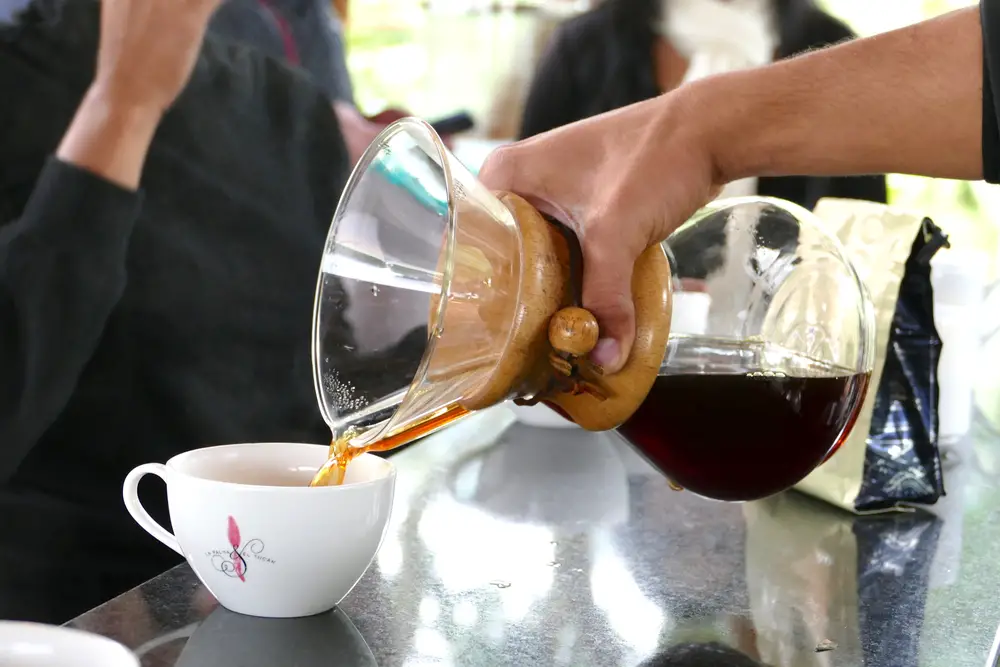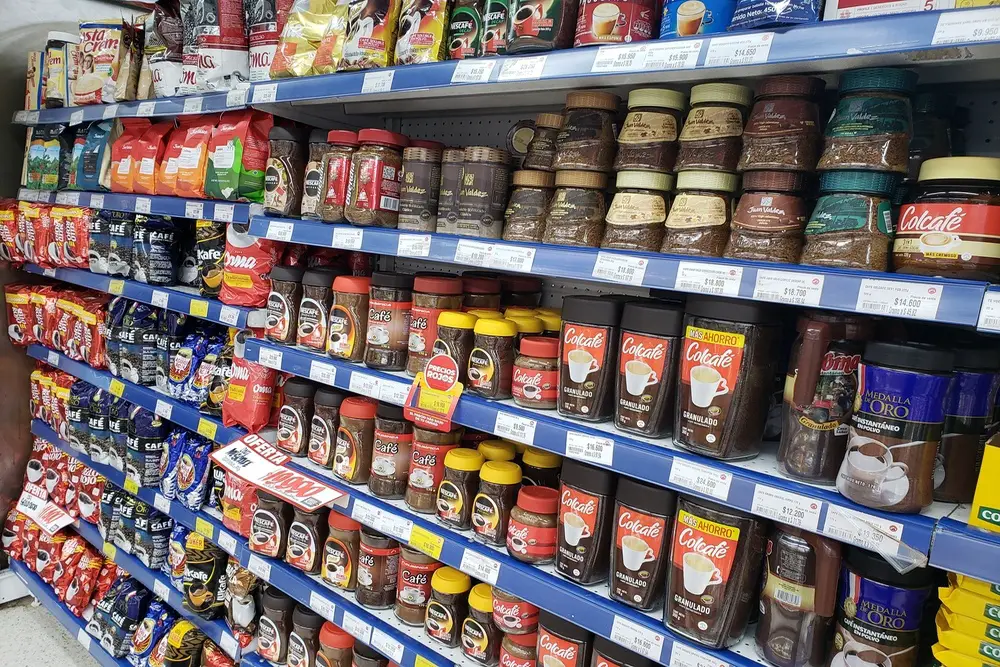Table of Contents
What do high-quality coffee beans look like?
Although lighter roasted coffee beans look different than darker roasted coffee beans, excellent quality coffee always has the same characteristics.
The beans should be oily
Check if the coffee beans have a shiny appearance. Quality coffee is high in oils and acids, and roasting extracts the oils, which coats the beans and gives them that appearance.
So, if the beans leave an oily residue when you hold them in your hands, then they are of high quality.
The beans should be whole
The beans must not have any cracks, cracks or other damage. It’s okay if a grain or two in a bag is damaged, not uncommon considering the long journey. However, if a large proportion of the beans are faulty, this indicates inferior quality.
Beans should not have holes
Some insects also love coffee, especially the coffee beetle. These small animals leave marks in the form of holes in the beans when they eat. These beans are not harmful to health, but they do affect quality. So, if most of the coffee beans have holes, that’s a clear sign of a poor selection and inferior quality.
The beans should not have any mold
If mold has formed during the drying process of the coffee cherries, it can later be seen on the roasted beans. If they have hard-edged spots, this is a sign of deteriorating bean quality.
Taste of quality coffee
In addition to the specific characteristics of each variety, there are also some aromas that have no place in coffee, the so-called off-flavors. Inferior quality coffee usually tastes “stale”, i.e. bland.
Aroma of high-quality coffee beans
The aroma of the coffee is just as important as its appearance. It is an excellent indicator of the taste of the coffee. The beans should smell strongly of coffee and nothing else. If you notice other smells, it is a sign that the harvest, the coffee selection or the roasting was not ideal.
Avoid coffee that smells burnt or very bitter. The taste is more reminiscent of charcoal than mild coffee because it has been roasted too much.
On the other hand, if the flavor is weak, it’s because the beans haven’t had enough time to roast. Then the beans are not easy to grind and do not have the typical coffee taste. They have a woody or herbal taste. But don’t confuse white coffee with underroasted beans.
Other characteristics of quality coffee
In addition to aroma, taste and appearance, there are other characteristics by which you can recognize quality coffee.
High quality coffees
There are two basic types of coffee beans. Despite certain similarities, the coffee varieties Arabica and Robusta differ greatly from each other.
Arabica beans make one of the best coffees, while Robusta beans are often used to make instant coffee.
Arabica is richer in aromas, unlimited nuances and sweetness: chocolate, fruits, nuts, caramel, citrus and others. Robusta, on the other hand, has a bitter and chocolatey taste because it ripens faster than Arabica beans and has a high caffeine content.
However, Robusta beans contain almost twice as much caffeine as Arabica beans. Arabica beans have a caffeine content of 1.7% and Robusta beans 2.5%.
Quality coffee should be packaged appropriately
Aside from the color of the packaging or the style of the lettering, you should also consider the type of packaging and its function.
The best bags are airtight bags as they have the right internal conditions to keep the coffee fresh. The top of the best coffee packaging has a one-way closure. These prevent additional oxygen from getting into the coffee bag and allow the coffee to be safely degassed. This is the only way to preserve the full taste of the beans.
Without the one-way seals, too much moisture and gas is retained and more oxygen is trapped. This is the ideal environment for bacteria to grow, causing your coffee to spoil quickly.
Good coffee beans don’t share their packaging
Stones, twigs or other things in the packaging indicate that the beans were not sorted carefully enough.
Is it single source coffee?
Knowing the origin provides information about the conditions and environment in which the beans were grown.
Single Origin coffee does not mix inferior beans from different countries; it should only come from a single country that handpicks its finest coffee beans. Mixed beans are at high risk of contamination, which is said to be done to increase sales and reduce quality.
Altitude at which the coffee is grown
Arabica beans thrive in high altitude areas, Robusta beans in low altitude areas.
If you want Arabica coffee exclusively, you should choose a brand that grows and sources its coffee at higher elevations.
Harsh and cold temperatures typically prevail at this altitude, preventing pests and mold from developing and slowing down the ripening process so the beans can fully develop their flavors.
Is the coffee grown in the shade?
A coffee bean grown in the shade is sweeter because the ripening process is slower.
A slower ripening process allows the plants to bloom longer.
The slow ripening allows the coffee cherry to transfer some of its delicious flavors to the interior of the bean, making the beans fruitier and sweeter.
Both Arabica and Robusta beans can be grown under a canopy of tall trees to shield (not completely) the sun and extend the ripening period.
Hard coffee beans
Hard coffee beans have a higher density and are referred to as hard coffee beans, while beans with a comparatively lower density are considered soft coffee beans.
Beans grown at high elevations are typically considered hard beans because they mature slowly, resulting in an overall higher density of flavor, sugar, and sweetness.
In contrast, soft beans are comparatively doughier as they are grown at lower elevations and mature quickly, resulting in low density and low grade.
Good coffee beans cost
Finally, it should be mentioned that the coffee bean’s journey from harvest to cup is long and error-prone. That’s why producers of quality beans carefully control every step, from harvest to packaging to roasting, and as with everything, good work comes at a price.
Conclusion
Like any drink, good coffee is coffee enjoyed. Good coffee is like good wine. It is only when you drink it and enjoy it slowly that you can experience its richness of taste.
Try to feel the bitterness, acidity and sweetness in the taste. Poor quality coffee is easier to spot. It is characterized by a burnt aftertaste as it is made from inferior roasted coffee beans.


